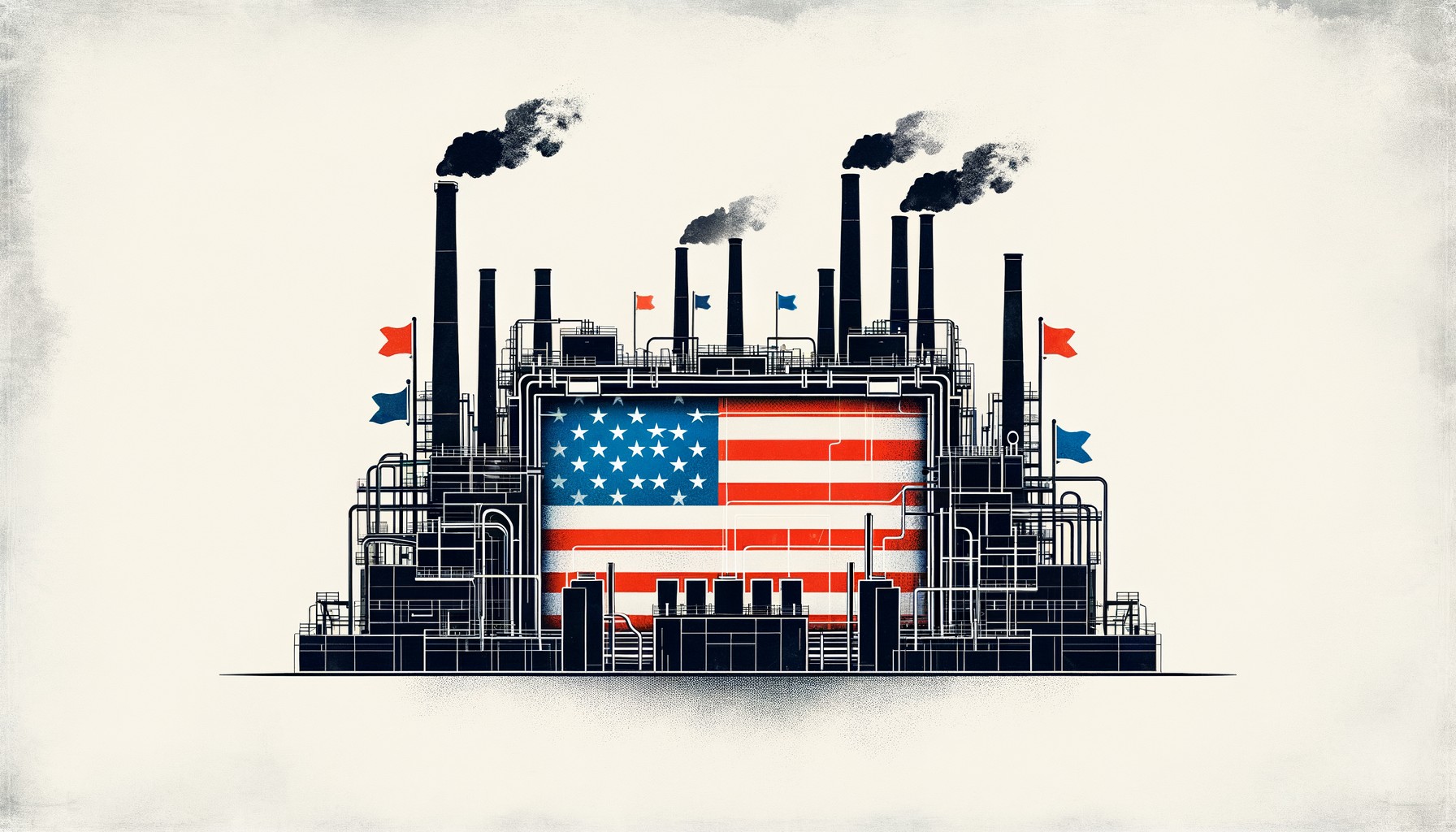Ford reduces incentives and plans for battery plant in Michigan

What’s going on here?
As demand for electric vehicles wanes, Ford is cutting incentives and production targets at its battery plant in Marshall, Michigan.
What does that mean?
Ford Motor is adjusting its strategy to a weaker electric vehicle (EV) market. The Marshall plant, which was originally scheduled to receive a $1.03 billion incentive package, will now receive $409 million from Michigan. This change is in line with Ford’s updated goals: reducing planned battery production from 35 gigawatt hours to 20 gigawatt hours and hiring 1,700 employees instead of 2,500. The company plans to start production by 2026, using low-cost lithium-iron battery technology licensed from Chinese company CATL. Despite criticism from politicians such as Rep. Mike Gallagher regarding the use of Chinese technology and taxpayer money, Ford stresses that the initiative will create jobs in the United States. In addition, Michigan is scaling back its support for other Ford projects, including withdrawing a $100 million grant for the F-150 Lightning plant.
Why should I care?
For markets: The EV market is cooling down.
The reduced incentives and production plans suggest a slowdown in the once-thriving electric vehicle market. Investors should view Ford’s cautious approach as a sign of the overall mood in the industry. As electric vehicle adoption stalls, companies that have invested heavily in electric vehicle production could face challenges. Ford’s strategy shift could be an early indicator of similar developments across the industry and suggest that shares of traditional automakers and related industries could offer more stability in the near future.
The bigger picture: Navigating innovation and market reality.
Ford’s adjustment highlights the dilemmas facing automakers amid changing market dynamics and geopolitical tensions. Relying on Chinese technology for battery production brings to light the complexity of global supply chains and the political control that comes with them. As the world transitions to sustainable energy, balancing innovative efforts with market realities and international relations will be critical. This scenario underscores the challenging path of technological advancement amid economic and political considerations.



